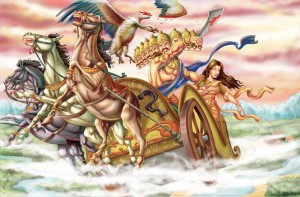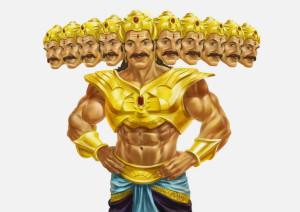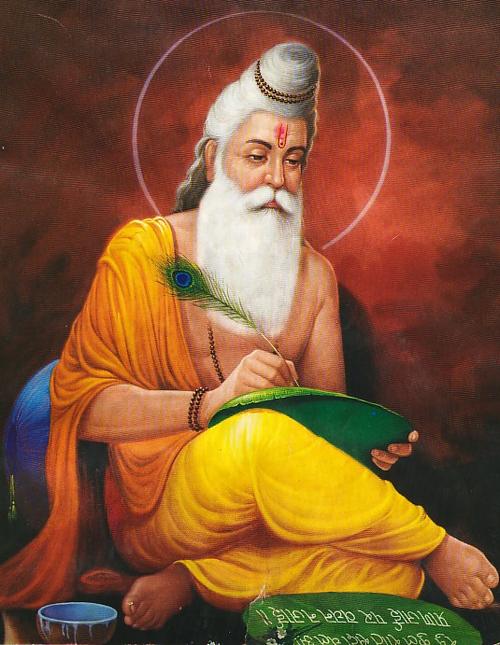The Sacrifice of Sita
Once, Lord Rama asked Lakshmana to leave Sita in the forest. This decision was made because one of His subjects had taunted Him, questioning His ideal kingship due to His personal relations. To prove that for an ideal king even His personal relationships are secondary to the welfare of His kingdom and His subjects, Lord Rama chose to remain alone without Sita.
The Need for Yajnas
As a King, Lord Rama had to perform many yajnas (sacrifices) for the prosperity of His kingdom, and a wife was essential for these rituals. When Vasistha Muni, His spiritual master, informed Him that without a wife He could not perform yajnas, Lord Rama faced a dilemma. He could either call back Sita or marry another wife, but as a Maryada Purushottam (the ideal man), He refused to marry another wife while Sita was still alive.
The Golden Statues
Seeking an alternative, Lord Rama asked Vasistha Muni for guidance. The muni suggested that if a statue of Sita Devi made out of pure gold was created, it could be treated as His better half, thus allowing the yajnas to be performed. Lord Rama followed this advice and had a golden statue of Sita made for every yajna He performed.
The Golden Statues’ Request
When Lord Rama decided that it was time to wind up His lila (divine play) on earth and return to His abode, Ayodhya Dham, the golden statues of Sita approached Him. They expressed their concern, saying, “How can you leave us and go alone? Who will take care of us as all of us are your wives? As an ideal husband, you have to take us along with you.”
Feeling awkward, Lord Rama replied, “How can I take you all as my wives? I have my Sita, and in this life, I cannot take more than one wife. But I promise you all that in my next incarnation, I will gladly accept you all as my wives when I come as Lord Krishna. Then you will all become my intimate gopis.”
With this promise, Lord Rama pacified the golden statues and left for His divine abode. When He incarnated as Lord Krishna, He fulfilled their desire, accepting them as His beloved gopis.
Moral of the Story
This story highlights the Lord’s merciful nature and His commitment to fulfilling the desires of His devotees. It demonstrates how the Lord reciprocates the love and devotion of His followers, even taking on personal challenges to ensure their happiness and spiritual fulfillment.
Lessons to Be Learned
- Devotion and Sacrifice: True devotion often requires personal sacrifice, as demonstrated by both Lord Rama and Sita.
- Divine Reciprocity: The Lord always reciprocates the love and devotion of His devotees, fulfilling their desires in ways that uphold Dharma.
- Adherence to Principles: Lord Rama’s commitment to monogamy and adherence to Dharma, even under difficult circumstances, serves as an ideal example for all.
Relevant Quotation
Bhagavad Gita 4.11
ye yathā māṁ prapadyante tāṁs tathaiva bhajāmy aham mama vartmānuvartante manuṣyāḥ pārtha sarvaśaḥ
Translation: “As all surrender unto Me, I reward them accordingly. Everyone follows My path in all respects, O son of Pritha.”



